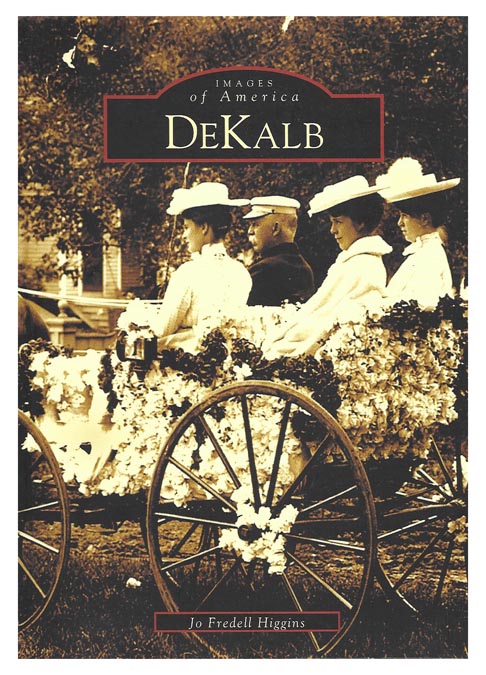

Listen.
It was the year 1818.
The unshorn fields were boundless and beautiful. The prairies and the sights took all into the encircling vastness, wrote the poet Uo. The topography of DeKalb’s verdant terrain made possible a rich agriculture, the fur trade, and the tide of immigrants to build the city.
Listen.
Do you hear the hummingbird’s refrain and the oriole’s song?
DeKalb County was formed March 4, 1837 and was named in honor of Johann de Kalb, a Bavarian and hero of the American Revolutionary War.
In 1894 a city marshal and a night watchman were all that was required to keep law and order in DeKalb. The city marshal was paid $40 a month and the night watchman earned $15 monthly. During this time there were no traffic issues and very little activity. Horse-drawn vehicles were used until 1916 when an ambulance was purchased which doubled as a patrol wagon.
Contrast that to today’s Police Department budget of $29 million with a 65-officer team.
Railroads entered DeKalb County in the 1850s and the Iron Horse provided farmers and merchants a quicker way to bring their items to market.
The State Normal School of 1917 would later become Northern Illinois University. In 1899 there were 175 students. Today, there are 16,000 students from countries around the world
Family life centered on the hearth and home. Reading, playing musical instruments, sewing, family dinners, attending church and school functions, sing-a-longs and outdoor activities all had their place in DeKalb family life.
President William McKinley spoke from the back of a railroad car in 1896. Men wore suits and bowler hats to listen to him. Women wore white dresses and hats. President Theodore Roosevelt visited in 1900. The funeral train for president Warren Harding passed through DeKalb County in 1923.
The fire department of DeKalb was converted to mechanized equipment between 1910 and 1920. Steam heat, water works systems, electricity, telephone service and the use of natural gas all made their debut to usher in the era of modern public utilities.
Gone now are the kerosene lamps, the livery shops, the threshing gatherings, camera glass negatives, pioneer families, the Crimson Day Parades, shocking field of oats, the “Woodpecker” special trains, meat carriages, rented rigs from Cooper’s Livery to sell books throughout the County, and blacksmith shops.
Listen.
Do you hear progress and innovation of today?
From 1968 to 2013 city departments shared the building at 200 S. 4th Street. Total cost was $898,000 for the building and the land.
Today, we celebrate the businesses in DeKalb that provide pleasures such as The Cracker Jax, Farranda’s Restaurant, and Barb City Bagels, the new DeKalb Library and all its beauty. Such a lovely small town surrounded by farmlands.

